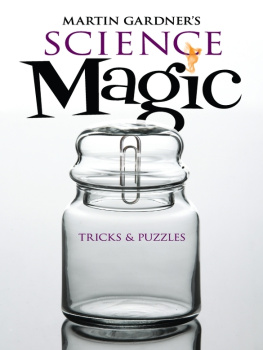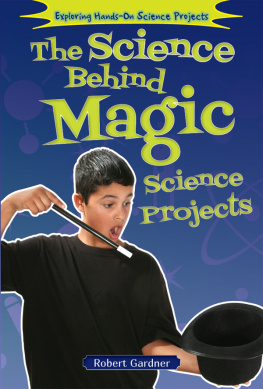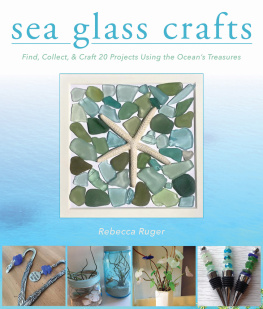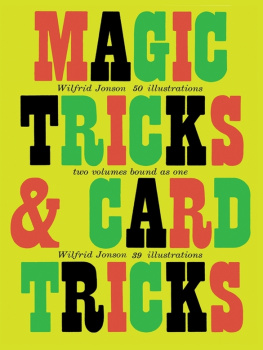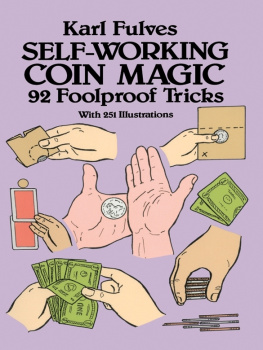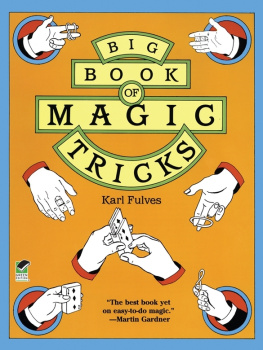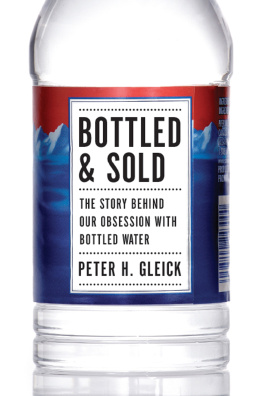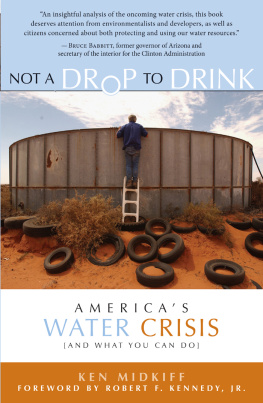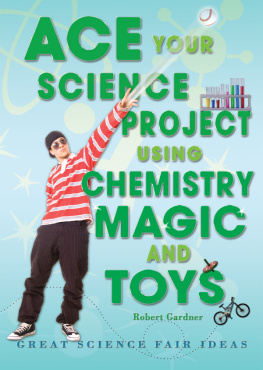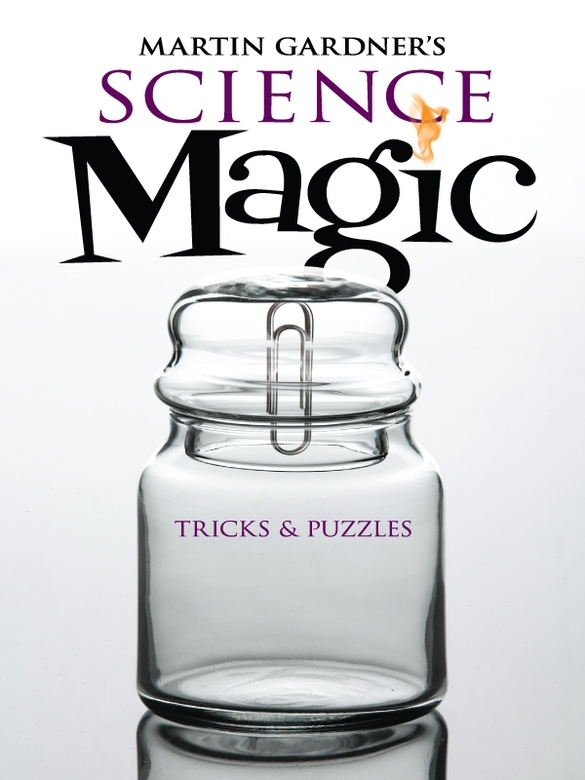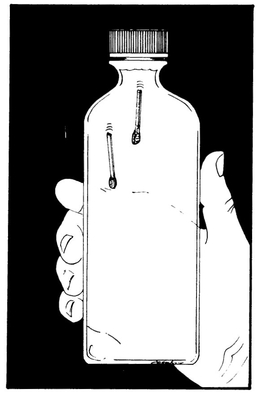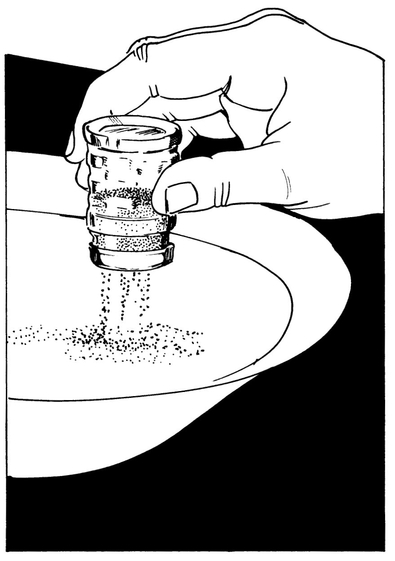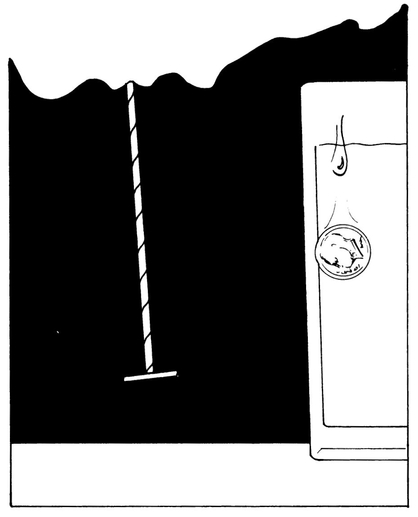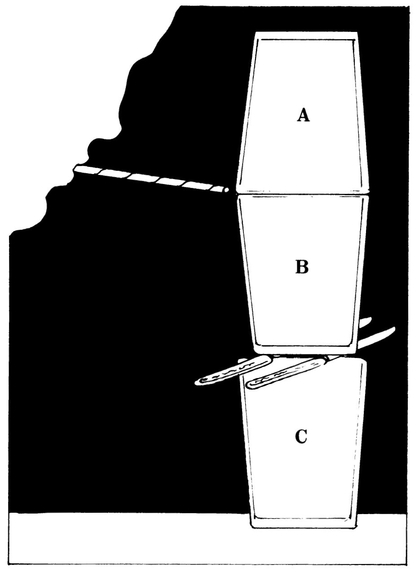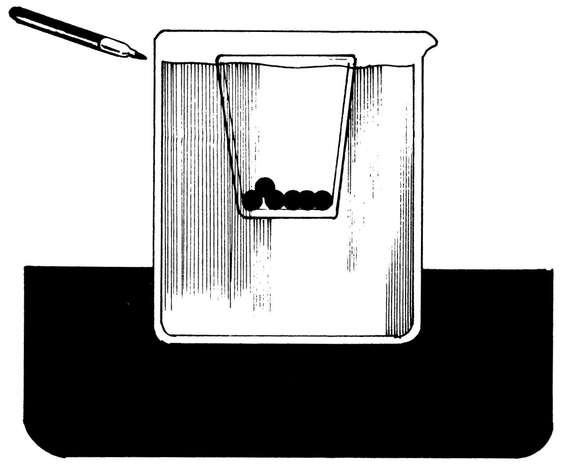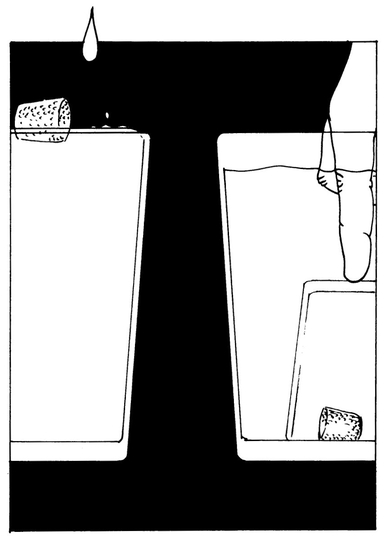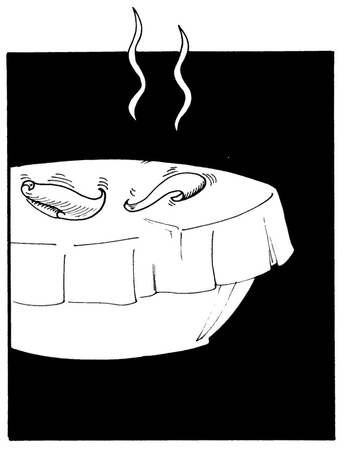Gardner - Martin Gardners Science Magic: Tricks and Puzzles
Here you can read online Gardner - Martin Gardners Science Magic: Tricks and Puzzles full text of the book (entire story) in english for free. Download pdf and epub, get meaning, cover and reviews about this ebook. City: Newburyport, year: 2012, publisher: Dover Publications, genre: Home and family. Description of the work, (preface) as well as reviews are available. Best literature library LitArk.com created for fans of good reading and offers a wide selection of genres:
Romance novel
Science fiction
Adventure
Detective
Science
History
Home and family
Prose
Art
Politics
Computer
Non-fiction
Religion
Business
Children
Humor
Choose a favorite category and find really read worthwhile books. Enjoy immersion in the world of imagination, feel the emotions of the characters or learn something new for yourself, make an fascinating discovery.
- Book:Martin Gardners Science Magic: Tricks and Puzzles
- Author:
- Publisher:Dover Publications
- Genre:
- Year:2012
- City:Newburyport
- Rating:3 / 5
- Favourites:Add to favourites
- Your mark:
Martin Gardners Science Magic: Tricks and Puzzles: summary, description and annotation
We offer to read an annotation, description, summary or preface (depends on what the author of the book "Martin Gardners Science Magic: Tricks and Puzzles" wrote himself). If you haven't found the necessary information about the book — write in the comments, we will try to find it.
Balancing SilverwareMake a Magic Bird; Three Drop Tasks; Motion and Inertia; The Falling Keys; Roly-Poly Folder; Stabbing an Eggshell; The Waltzing Eggshell; Puzzling Quarters; Bottle, Hoop, and Dime; Rotating Egg; The Rising Marble; Pool Hustler Scam; Which Thread?; Transporting an Olive; The Frustrating Papers; Swinging Cups; Friction; Balancing a Book; Climbing Bear; Curious Feedbacks; Magnetism; The Levitated Paper Clip; The Floating Paper Cup; Psychokinesis?; Pill Bottle and Paper Clip; Electricity; Sneaky Switches; The Electric Pickle; The Human Battery; Sound; A Puzzling Moo Horn.
Music from PaperMysterious Spirit Raps; A Talking Machine; The Ghostly Glass; Light; Colored Shadows; A Mirror Paradox; The Pulfrich Illusion; Retinal Retention; A Blacklight Code; A QM Paradox; Another Mirror Paradox; Blacker than Black; Sensory Illusions; A Square That Aint There; Where Does the Water Go?; The Enchanted Die; Left- or Right-Eyed?; The Bent Playing Card; Zombie Glass; An Illusion of Weight; Magnetized Pencils?; The Puzzling Snap; Touching Hands; Funny Brush-Off; Sloping Teeth; Multiplying Marbles; Probability; Whirling Wire; The Bunch Effect; A Probability Swindle.
Surprising Dice BetAre You Psychic?; Dollar Bills; Linking Paper Clips; See George Smile and Frown; Put George to Sleep; Turn George Upside Down; Support a Glass; The Balanced Half-Dollar; How Many Eyes?; Blow It Over; Index.
Make an eggshell turn a somersault, spin a coin so that it lands on heads, teach a bear to climb a string, and perform other acts of scientific wizardry! Martin Gardner, the master of mathematical puzzles, shares more than 80 of his finest magic tricks, teaching children and adults the scientific properties behind water, air, fire, heat, motion, gravity, inertia, friction, electricity, magnetism, sound, and light. Fun and fascinating, the simple maneuvers require only basic everyday props, and those requiring matches, knives, boiling water, and other tricky items are marked with a symbol t.
Gardner: author's other books
Who wrote Martin Gardners Science Magic: Tricks and Puzzles? Find out the surname, the name of the author of the book and a list of all author's works by series.

